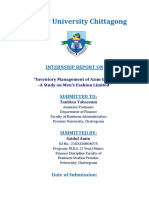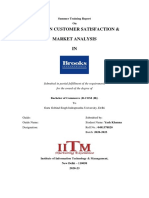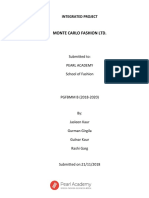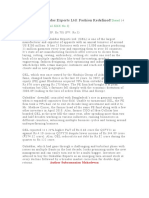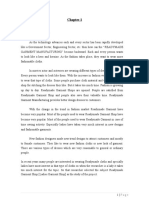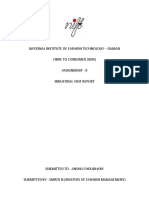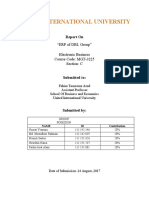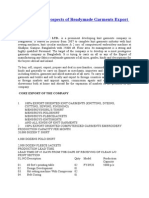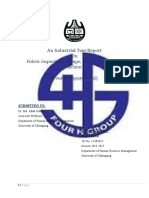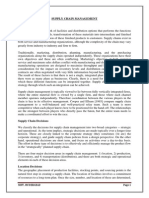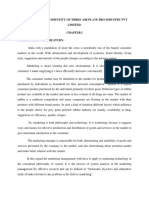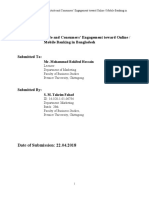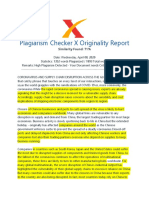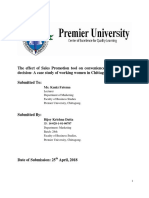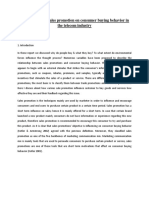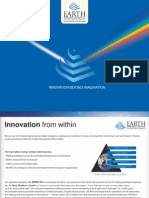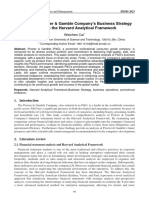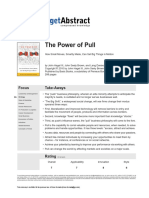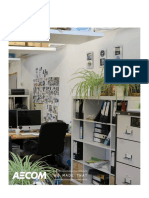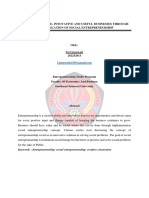0% found this document useful (0 votes)
448 views18 pagesProject Report On Worker Turnover On KDS Garments
KDS Garments is a large Bangladeshi conglomerate with over $500 million in annual revenue and 16,000 employees. It operates in several industries including apparel, textiles, logistics, and banking. The company places strong emphasis on human capital development and provides industry-leading compensation, benefits, and training programs. KDS Garments aims to be a pioneer in its sectors through investing in people and technology to produce high quality, low cost products and ensure customer satisfaction while fulfilling its social responsibilities.
Uploaded by
ShelveyElmoDiasCopyright
© © All Rights Reserved
We take content rights seriously. If you suspect this is your content, claim it here.
Available Formats
Download as DOCX, PDF, TXT or read online on Scribd
0% found this document useful (0 votes)
448 views18 pagesProject Report On Worker Turnover On KDS Garments
KDS Garments is a large Bangladeshi conglomerate with over $500 million in annual revenue and 16,000 employees. It operates in several industries including apparel, textiles, logistics, and banking. The company places strong emphasis on human capital development and provides industry-leading compensation, benefits, and training programs. KDS Garments aims to be a pioneer in its sectors through investing in people and technology to produce high quality, low cost products and ensure customer satisfaction while fulfilling its social responsibilities.
Uploaded by
ShelveyElmoDiasCopyright
© © All Rights Reserved
We take content rights seriously. If you suspect this is your content, claim it here.
Available Formats
Download as DOCX, PDF, TXT or read online on Scribd
/ 18






